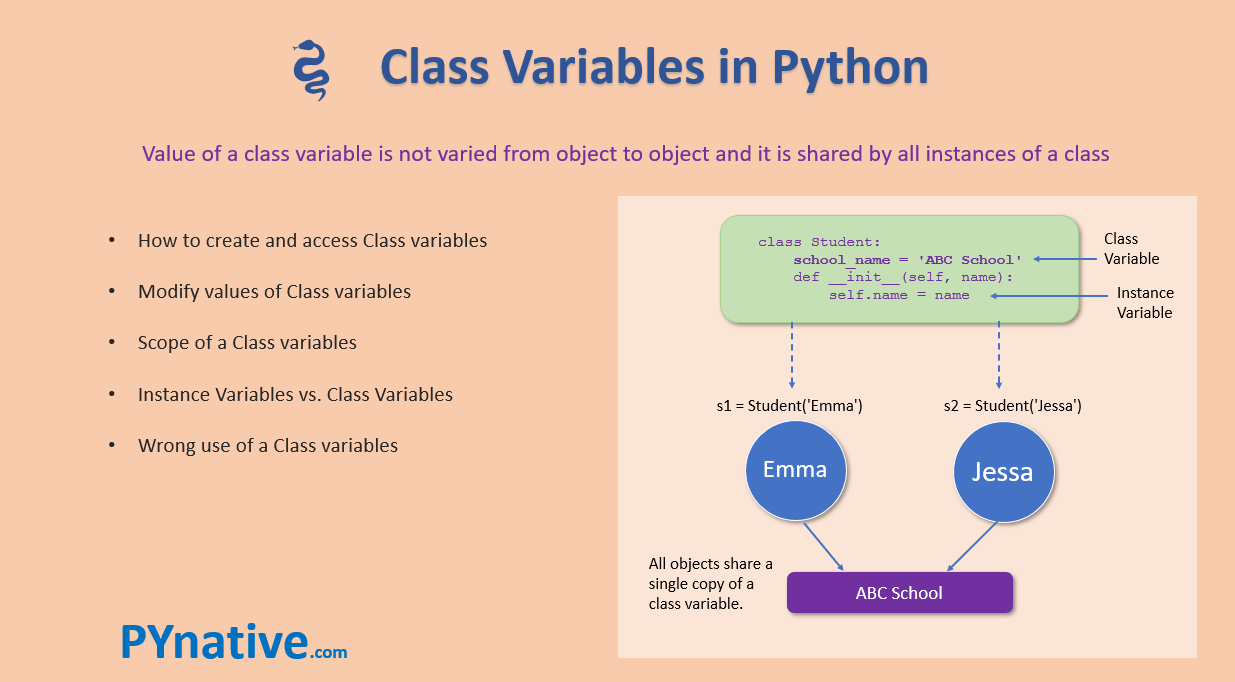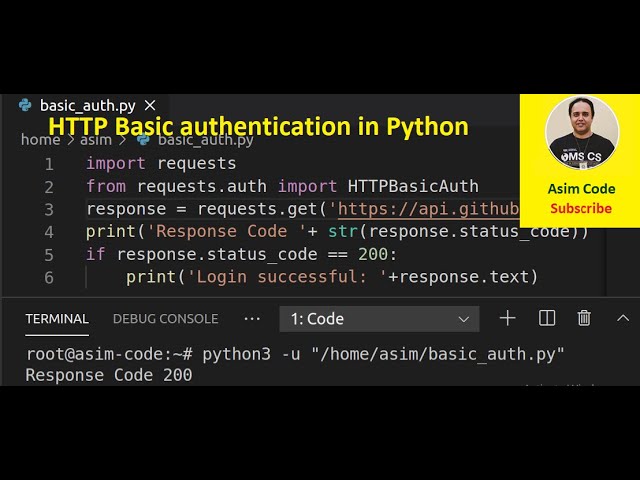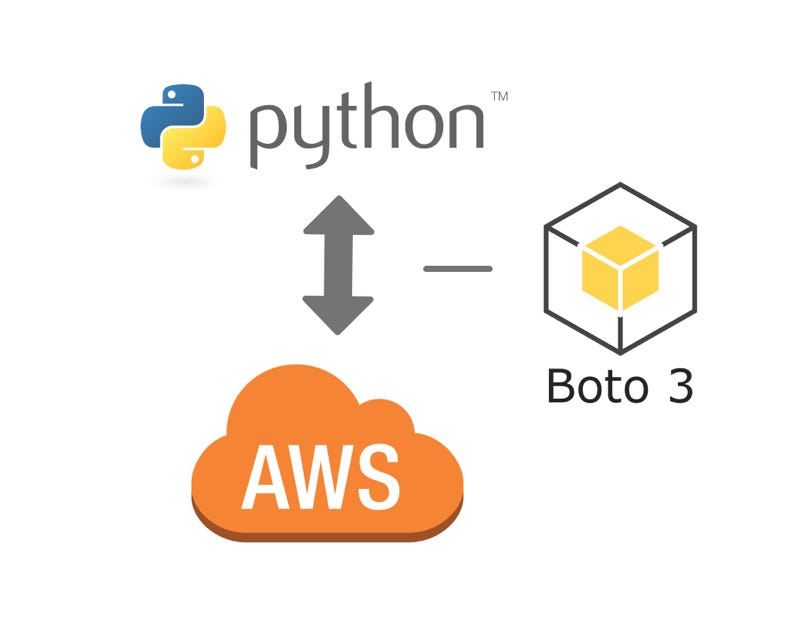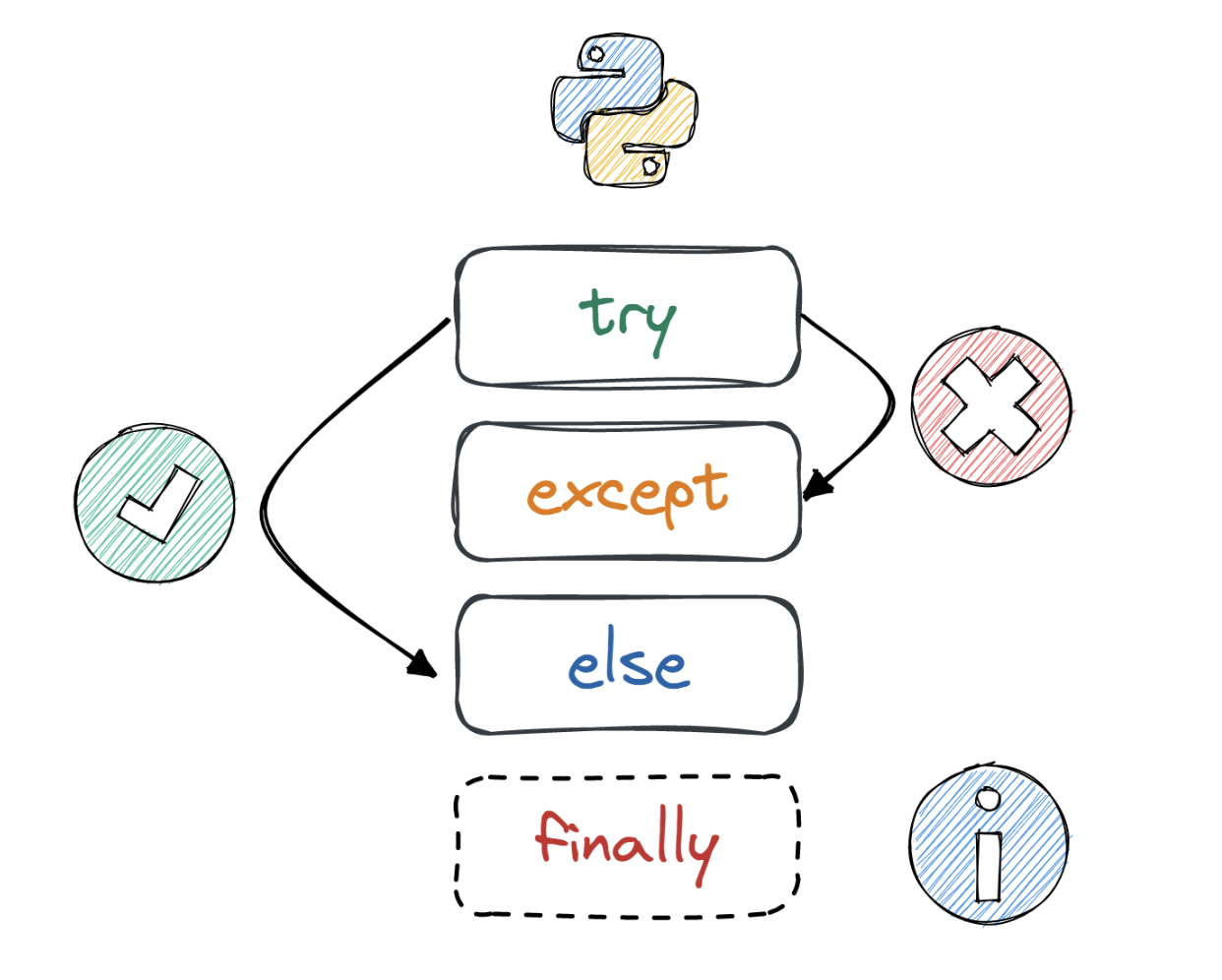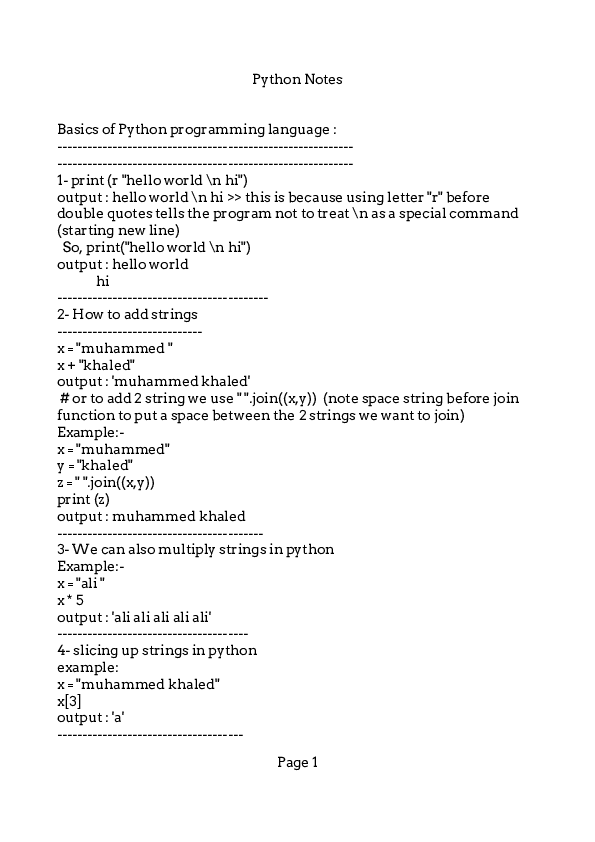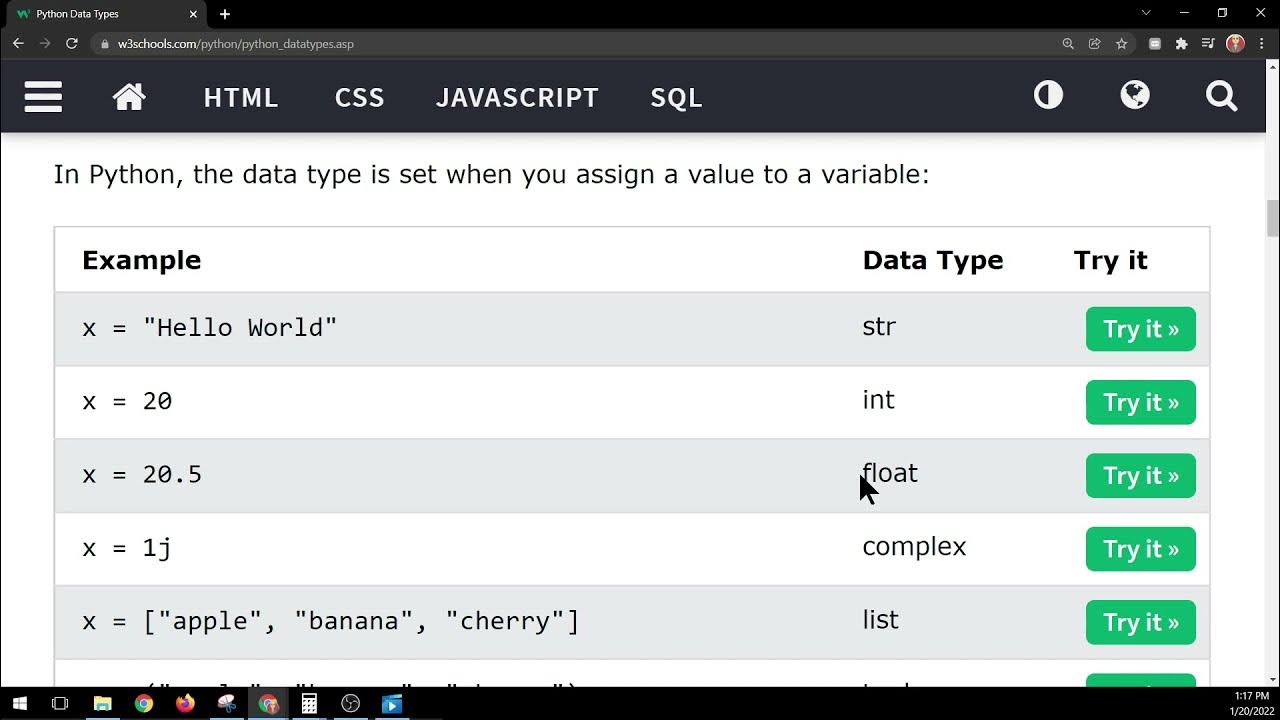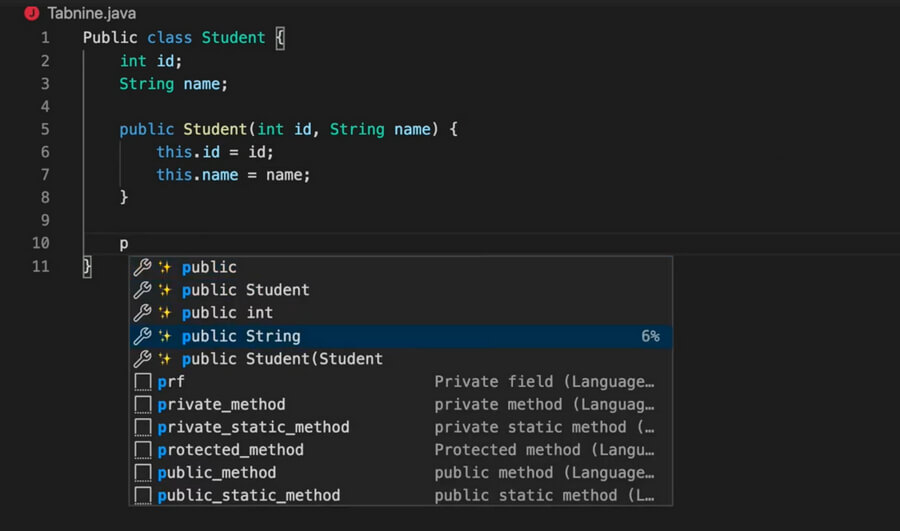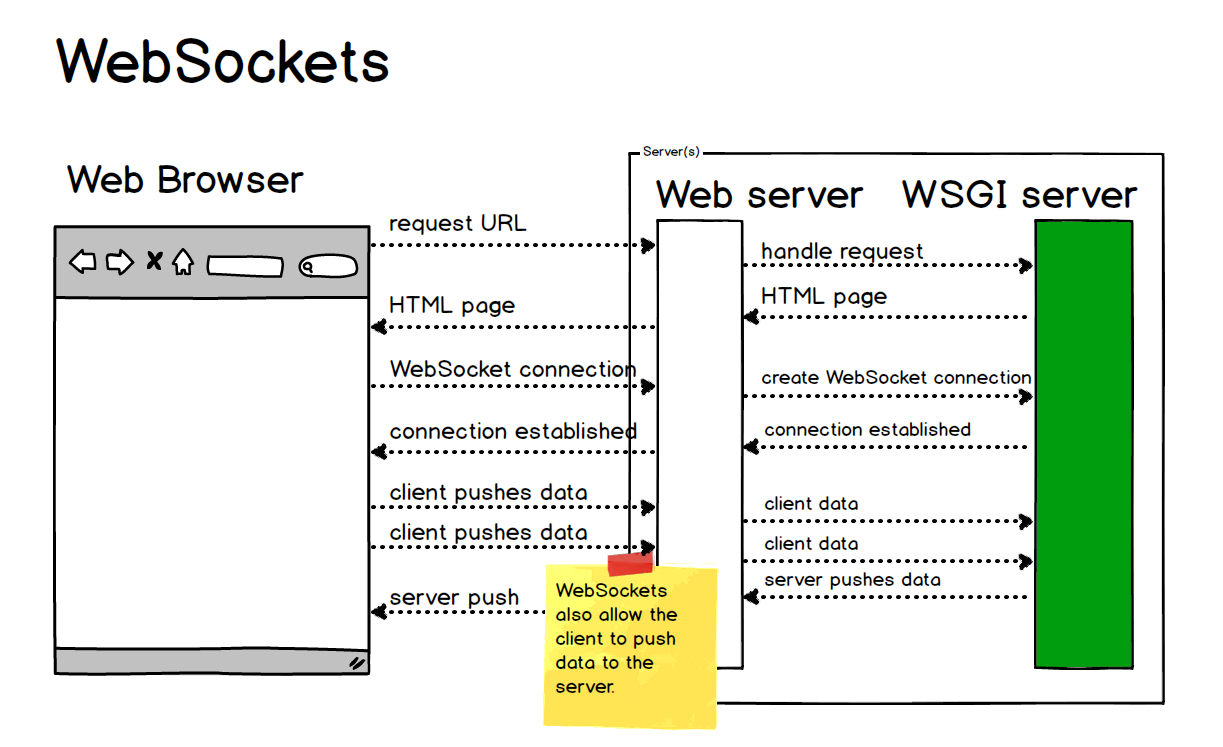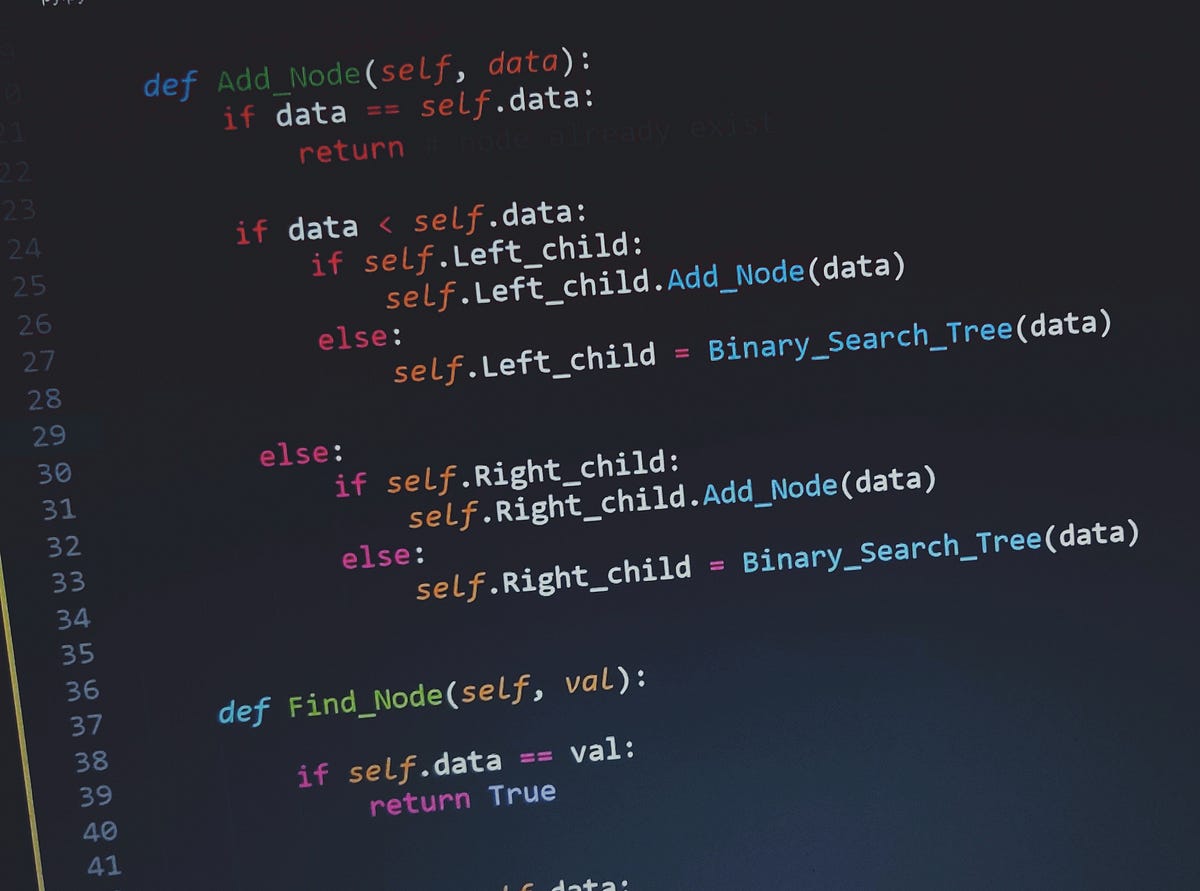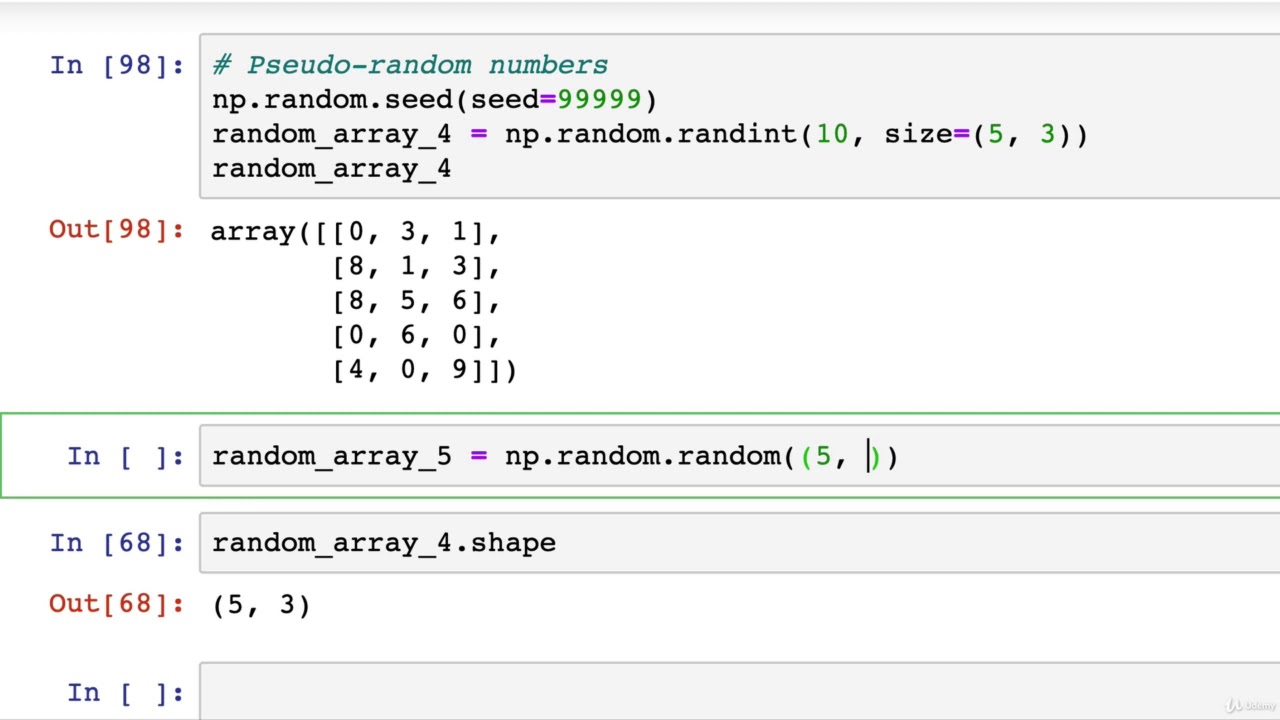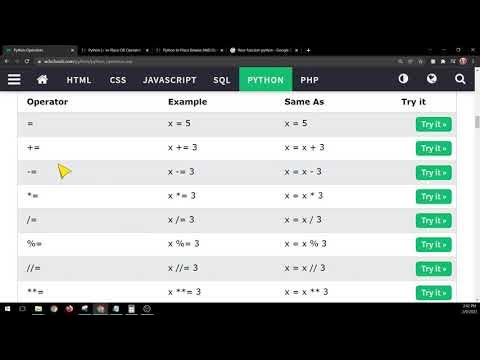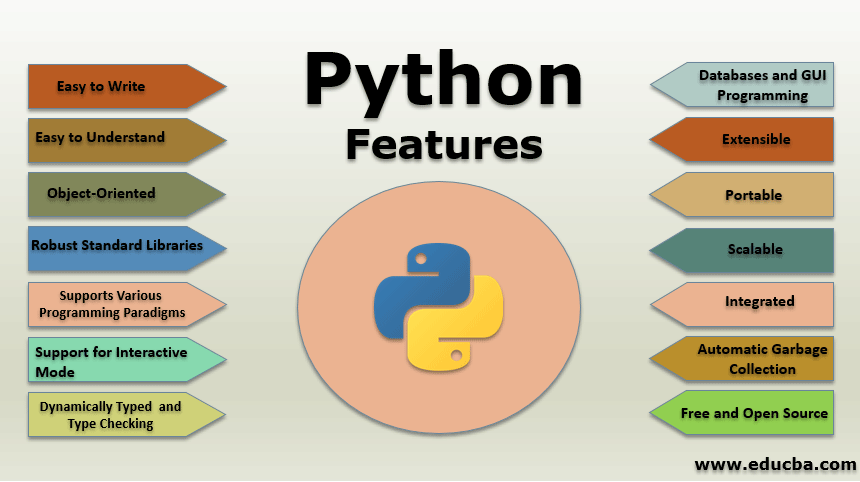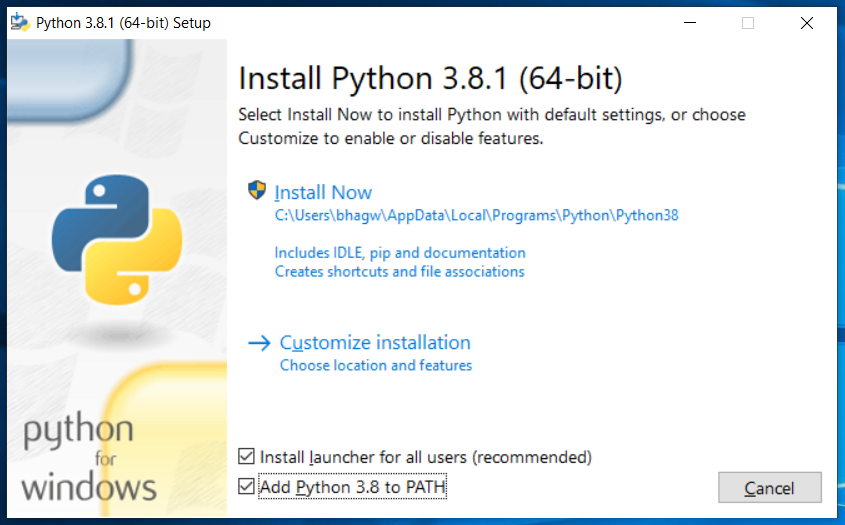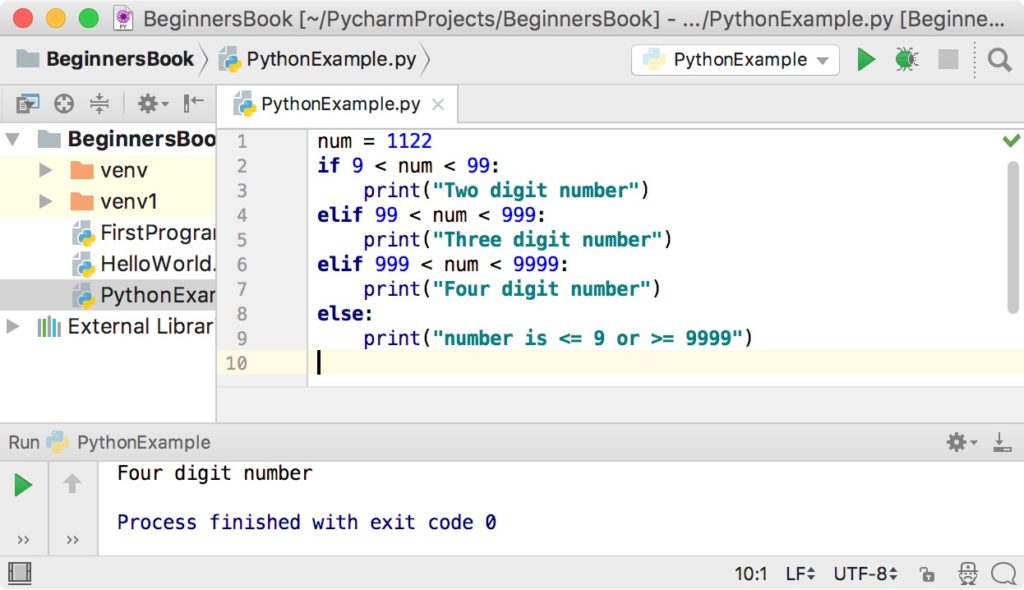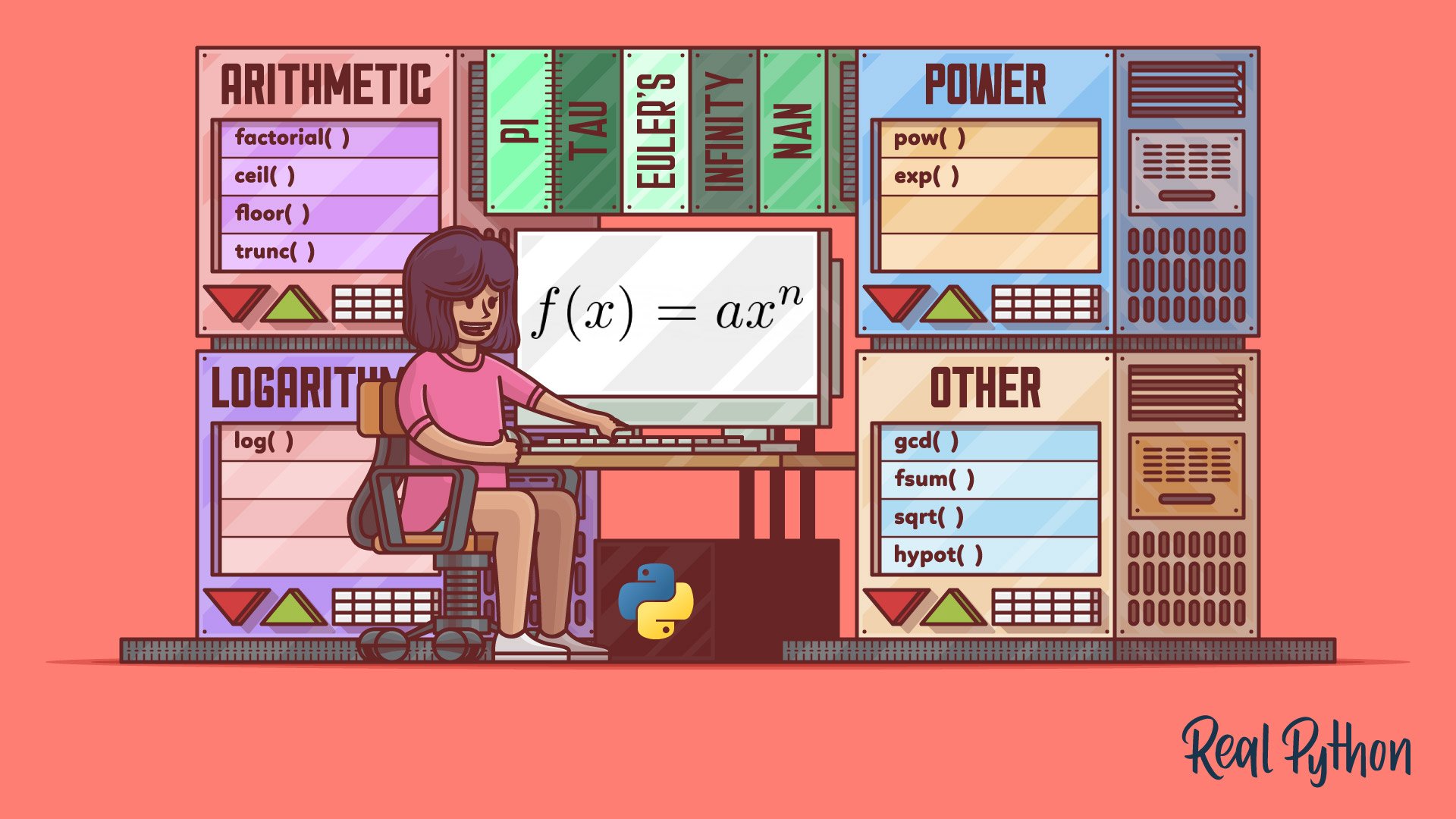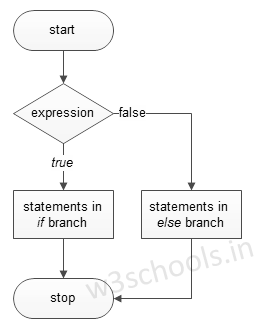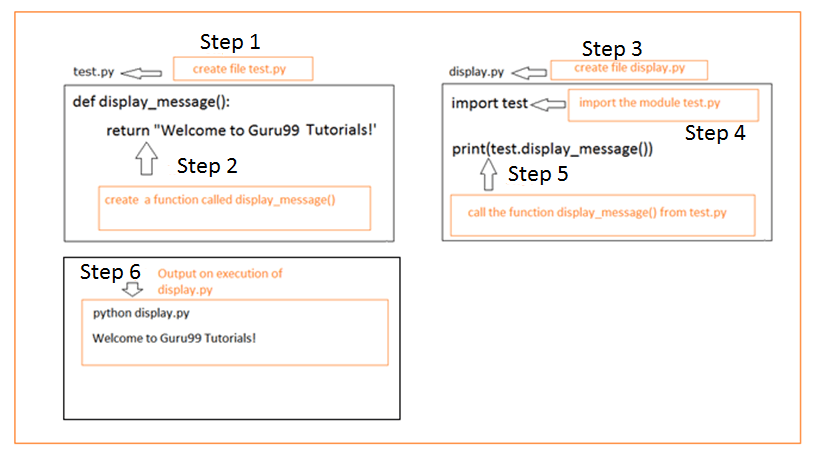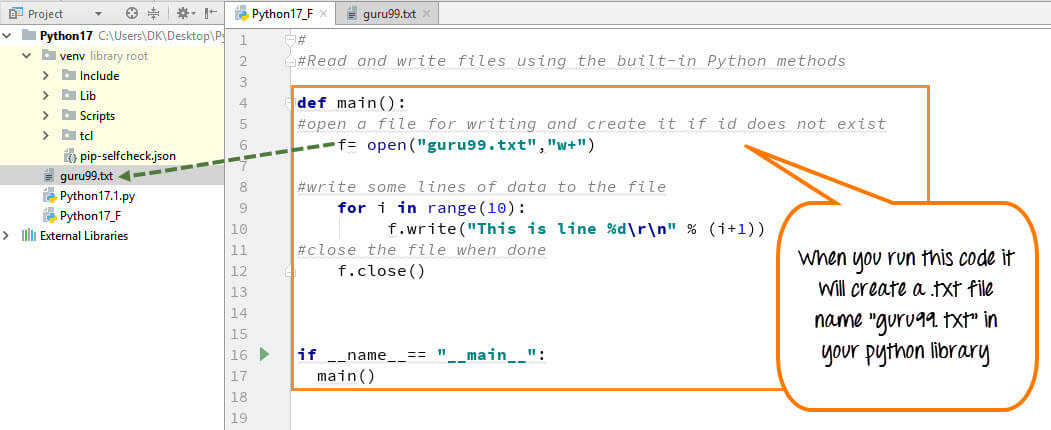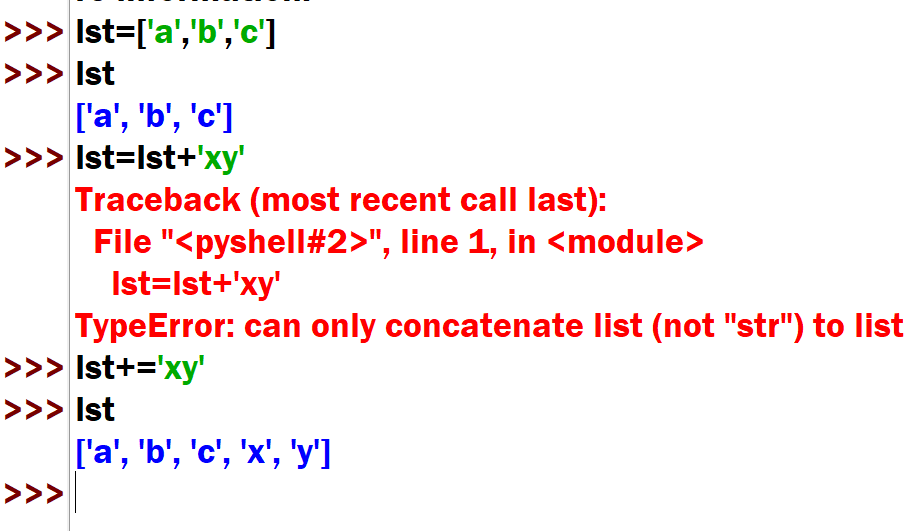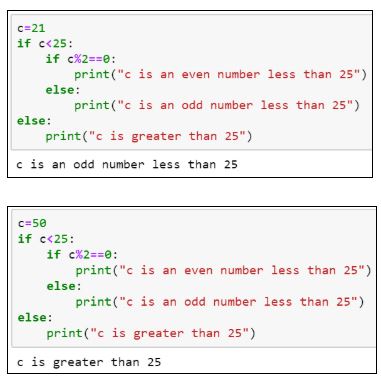What is list comprehension in Python with example?
What is list comprehension in Python with example?

List comprehension! It's a powerful feature in Python that allows you to create new lists from existing ones by performing operations on each element.
What is List Comprehension?
In simple terms, list comprehension is a concise way to create a new list from an existing one by applying a transformation or filter to its elements. It's essentially a shorthand for using a for loop and conditional statements to create the new list.
Here's a basic syntax:
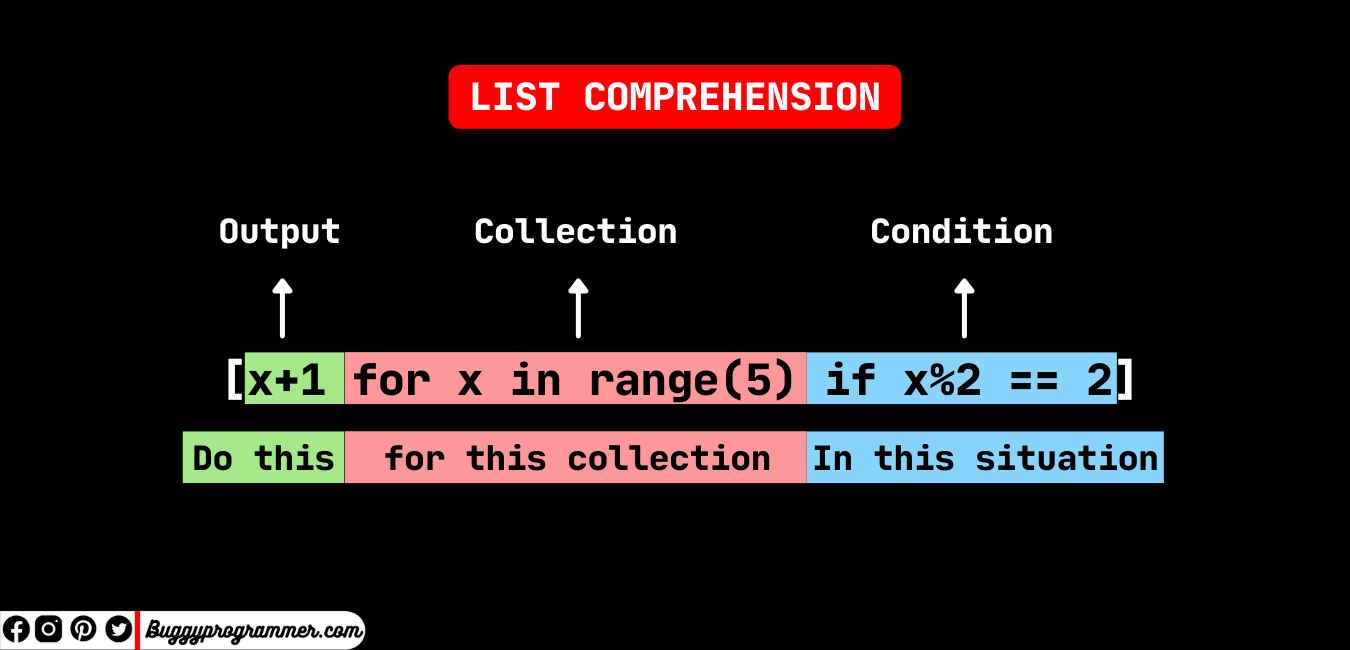
new_list = [expression(element) for element in old_list]
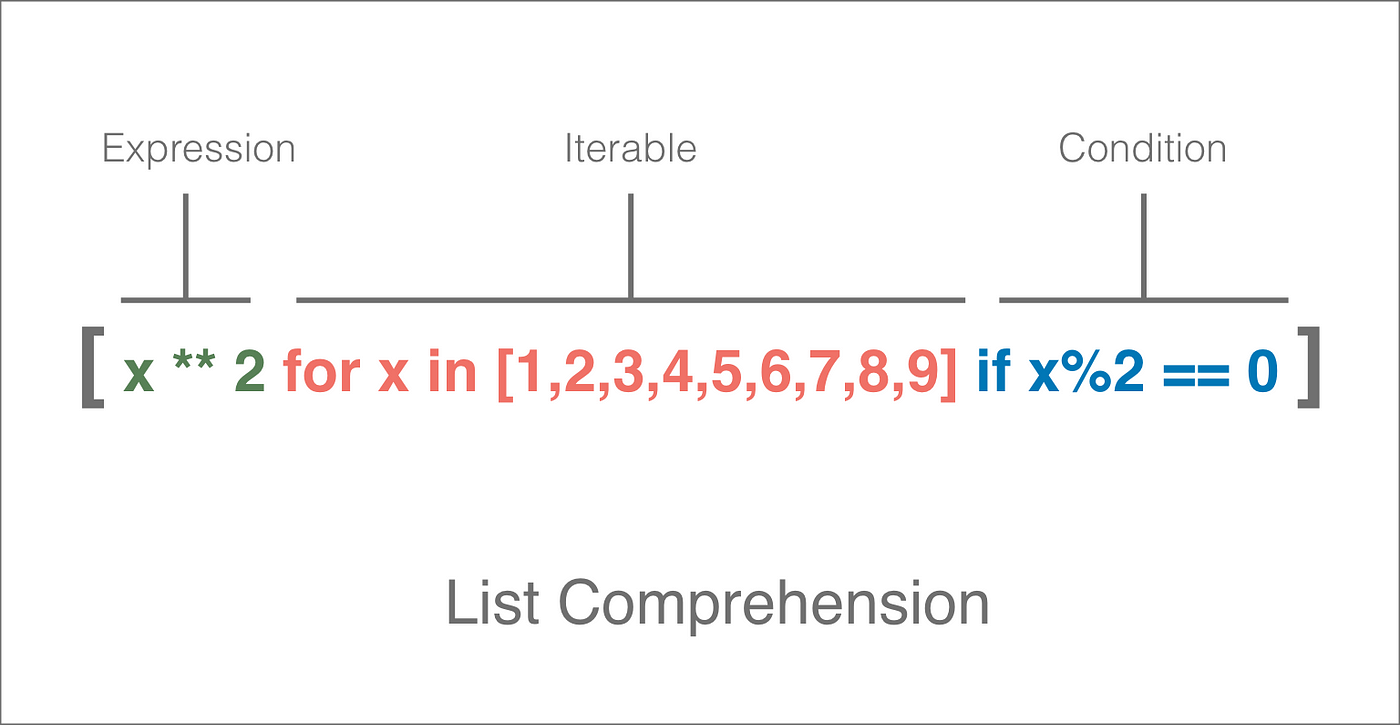
Example 1: Squaring Numbers
Let's say you have a list of numbers [1, 2, 3, 4, 5] and you want to create a new list with the squares of each number:
numbers = [1, 2, 3, 4, 5]squares = [x**2 for x in numbers]
print(squares) # Output: [1, 4, 9, 16, 25]
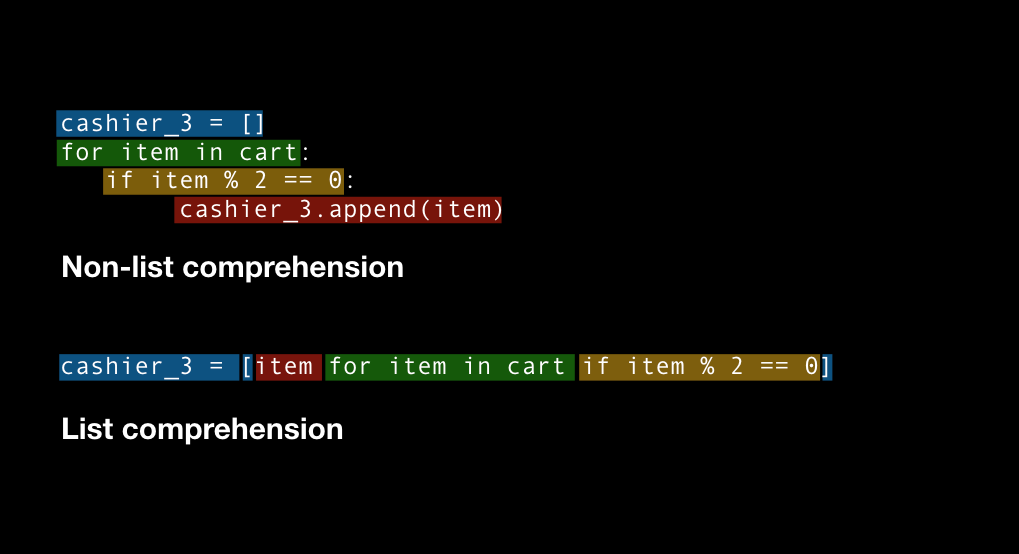
In this example, the list comprehension [x**2 for x in numbers] creates a new list squares with the squares of each number in the original list.
Example 2: Filtering Even Numbers
Suppose you have a list of numbers [1, 2, 3, 4, 5, 6] and you want to create a new list with only the even numbers:
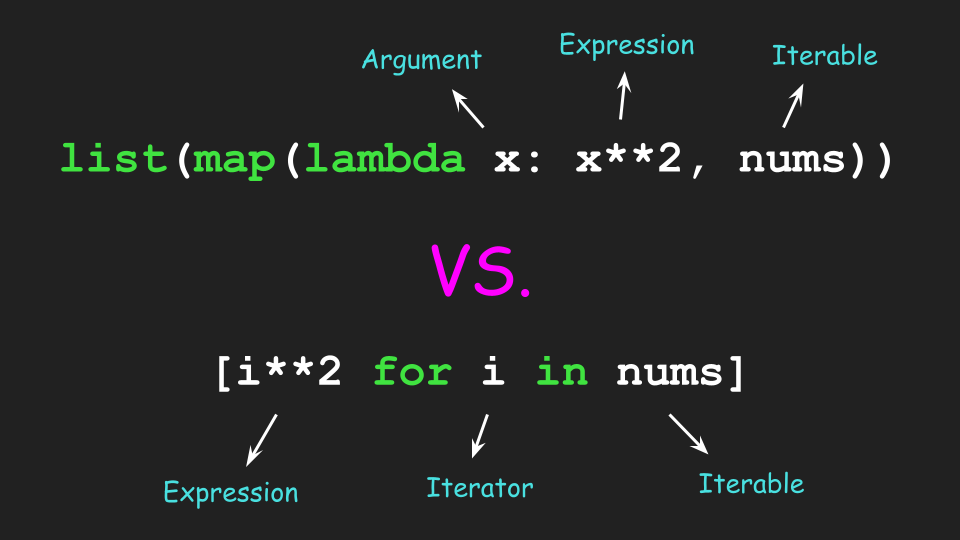
numbers = [1, 2, 3, 4, 5, 6]even_numbers = [x for x in numbers if x % 2 == 0]
print(even_numbers) # Output: [2, 4, 6]
Here, the list comprehension [x for x in numbers if x % 2 == 0] creates a new list even_numbers with only the even numbers from the original list.
Example 3: Converting Strings to Uppercase
Let's say you have a list of strings ['hello', 'world', 'python'] and you want to create a new list with all strings converted to uppercase:
strings = ['hello', 'world', 'python']upper_strings = [s.upper() for s in strings]
print(upper_strings) # Output: ['HELLO', 'WORLD', 'PYTHON']
In this example, the list comprehension [s.upper() for s in strings] creates a new list upper_strings with all strings converted to uppercase.
Benefits of List Comprehension
List comprehensions have several advantages:
Concise: They're often shorter than equivalent code using loops. Efficient: They can be faster because they use less memory and are optimized by Python's interpreter. Readability: They can make your code more readable, as the intent of the code is explicitly stated.In conclusion, list comprehension is a powerful feature in Python that allows you to create new lists from existing ones by performing operations on each element. With examples like squaring numbers, filtering even numbers, and converting strings to uppercase, you can see how list comprehensions can simplify your coding life!
When to use list comprehension vs for loop in Python?
When it comes to iterating over a sequence (like a list) and creating new sequences (like lists, tuples, or strings), Python programmers often face the dilemma of choosing between using list comprehensions and for loops. Both methods have their own strengths and weaknesses, and in this response, we'll explore when to use each approach.
List Comprehensions:
A list comprehension is a concise way to create a new list from an existing sequence or other iterable. It consists of brackets [] containing an expression followed by a for loop clause. The basic syntax is:
[expression for item in iterable]
Here are some characteristics that make list comprehensions shine:
Readability: List comprehensions are often more readable than equivalent for loops, especially when the iteration process is straightforward. Performance: In many cases, list comprehensions can be faster because they're implemented in CPython as a specialized function. Concise syntax: List comprehensions allow you to condense complex logic into a single line of code.When to use list comprehensions:
Simple transformations: When you need to create a new list by applying a simple transformation (e.g., squaring numbers) to each element in an existing iterable, a list comprehension is often the best choice. Filtering and mapping: List comprehensions are perfect for combining filtering and mapping operations on an iterable. Creating sequences with similar structure: If you need to create a sequence that has a similar structure (e.g., same length or type) as the original iterable, list comprehensions can be useful.For Loops:
A for loop is the most basic looping construct in Python. It's used when you need to iterate over a sequence and perform some operation on each item. The basic syntax is:
for variable in iterable: do something with variable
Here are some characteristics that make for loops valuable:
Flexibility: For loops give you more flexibility than list comprehensions, as you can add arbitrary code inside the loop. Complex logic: When your iteration process involves complex logic (e.g., nested loops or conditional statements), a for loop is usually more suitable. Debugging ease: With for loops, it's often easier to debug your code because you have more control over what happens within each iteration.When to use for loops:
Complex iterations: When the iteration process involves complex logic, multiple variables, or conditional statements, a for loop is usually the better choice. Mutable variables: For loops are essential when you need to modify the original iterable (e.g., append or remove elements) during the iteration. Side effects: If your iteration has side effects (e.g., printing something), a for loop is often more suitable because it allows you to explicitly handle these effects.In conclusion, list comprehensions are perfect for simple transformations, filtering, and mapping operations on iterables with similar structure. For loops are better suited for complex iterations, mutable variables, or code that requires side effects.
When the line blurs:
In some cases, both approaches might be applicable, and it's up to your personal preference or coding style to choose between them. A good rule of thumb is:
If you can express the logic in a concise way using list comprehensions, use them. If you need more control or complex logic within each iteration, opt for a for loop.Remember that mastering both techniques will make you a more versatile and effective Python programmer!
